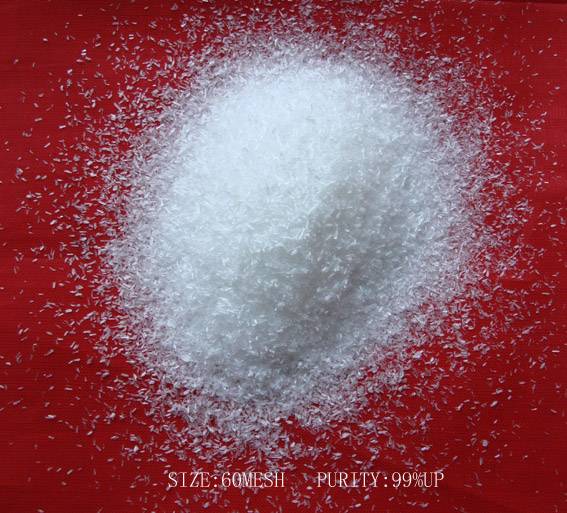Calcium lignosulfonate (referred to as lignosulfonate) is a multi-component polymer anionic surfactant with a light yellow to dark brown powder appearance, a slight aromatic odor, and a molecular weight generally between 800 and 10000. It has strong dispersibility, adhesion, and chelation properties. It is usually produced by spray drying the cooking waste liquid from acid pulping (or sulfite pulping). Can contain up to 30% reducing sugar. Soluble in water, but insoluble in any ordinary organic solvent. The pH value of its 1% aqueous solution is about 4-6.
Specification:
| PH Value | 5-7 | 5.51 |
| Dry Matter | 95% min | 97% |
| Lignosulphonate | 50% min | 58.5% |
| Water insoluble matter | 5.0% max | 0.76% |
| Moisture | 9% max | 6.4% |
| Water solubility 20℃ | 97% Min | 97% |
| Total Reducing substance | 12% max | 6.8% |
USAGE:
1. Used as a concrete water reducing agent: adding 0.25-0.3% cement can reduce water consumption by more than 10-14%, improve concrete workability, and enhance engineering quality. Summer use can suppress slump loss and is generally used in combination with high-efficiency water reducing agents.
2. Used as a mineral binder: In the smelting industry, calcium lignosulfonate is mixed with mineral powder to make mineral powder balls. After drying, they are placed in a kiln, which can significantly improve the smelting recovery rate.
3. Refractory materials: When manufacturing refractory bricks and tiles, the use of calcium lignosulfonate as a dispersant and adhesive can significantly improve operational performance, and has good effects such as reducing water, strengthening, and preventing cracking.
4. Ceramics: Calcium lignosulfonate is used in ceramic products to reduce carbon content, increase green body strength, reduce the amount of plastic clay used, improve mud flowability, increase product yield by 70-90%, and reduce sintering speed from 70 minutes to 40 minutes.
5. Used as a feed adhesive, it can improve the appetite of livestock and poultry, with good particle strength, reduce the amount of micro powder in feed, reduce powder return rate, and lower costs. The loss of molds is reduced, and the production capacity is increased by 10-20%. The United States and Canada allow a dosage of 4.0% in feed.
6. Other: Calcium lignosulfonate can also be used as a refining agent, casting, pesticide wettable powder processing, coal briquetting, mining, and mineral processing agent in the mineral processing industry. It is also used for road, soil, dust control, leather tanning filler, carbon black granulation, and other aspects.








